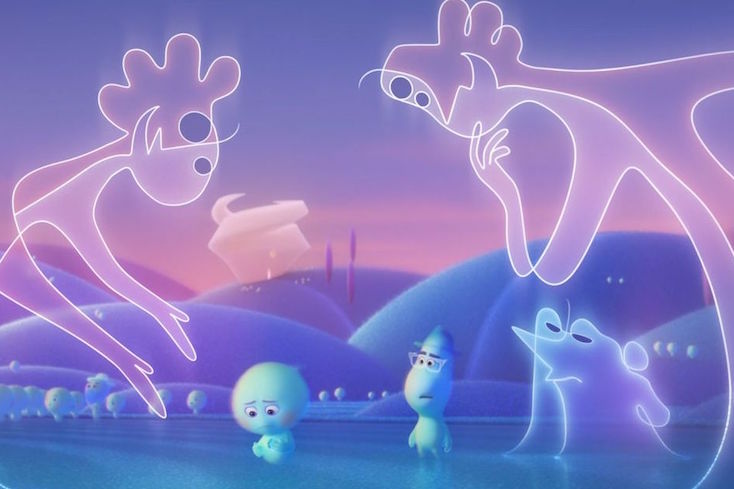
Mental illness, suicide and suicide attempts are part of my family history — as are abuse, addiction and the trauma that underlies all of them.
I have depression, anxiety, complex PTSD and OCD. I’ve had two episodes of psychosis and have been hospitalized three times. I’m also a family member of a loved one with severe mental illness. My sister has schizophrenia and has been hospitalized multiple times. Facing her mental illnesses, as well as my own, has been heartbreaking and traumatic. As a result, I’m very sensitive to the way the media portrays mental illness, which is often very triggering.
The movie “Soul,” which won the Academy Award for Best Animated Feature, was disappointing to me in this regard.
Using Damaging Language
I had been looking forward to seeing the critically-acclaimed movie. But instead of feeling happy or inspired as I watched it, I became increasingly uncomfortable. Several quotes from the movie pertaining to mental health felt upsetting to me:
“They’re gonna think you’re nuts, that I’m nuts.”
“She’s gonna think I’m crazy. Maybe you should call her up and tell her that I’m not crazy.”
“Stop sounding insane.”
“Wow, am I crazy or do I look younger?”
“I don’t know about this crazy cat guy thing, man.”
“Who let this lunatic in here?”
Discouraging Conversation Around Mental Health
The day after I watched the movie, I kept thinking about it. In addition to using stigmatizing words like “nuts,” “insane,” “crazy” and “lunatic,” the movie depicts a main character fearing what others will think of his mental health.
What kind of example does this serve for children and other viewers — that mental illness is something to be feared? Or that people with mental health conditions are part of a group that no one should want to belong to? Or that it is acceptable to use labels that stigmatize and ostracize people who are struggling?
Overlooking the Complexity of Mental Illness
The way the movie portrayed mental health normalized rejecting people over their mental health status. The words used misrepresent and minimize the experiences of people with mental illness and further harm and exclude them. These stereotypes are inaccurate and don’t convey the painful trauma underlying many mental illnesses. Beyond that, they put people in boxes, rather than revealing that people are complex and are more than their illnesses. That complexity is lost among labels like “crazy,” “nuts” and “insane.”
Normalizing Stigma and Discrimination
Portraying mental illness in this way in the media normalizes discriminatory behavior rather than challenges it. Distressingly, the movie’s largely positive reviews didn’t seem aware of the harm its language could cause. While browsing comments on Facebook posts about the movie, I didn’t see any criticism of the film’s portrayal of mental health. Perhaps that is because stigma is everywhere.
One study in 2016 found that “there is no country, society or culture where people with mental illness have the same societal value as people without a mental illness.” Stigma is common, but it needs to change. We especially need to teach our children differently. In a time when suicide among teens and young adults is rising, we need to be even more conscious of how our words harm or help these situations. As one of my friends noted, this film missed an opportunity to be healing and inclusive.
When the main character feared that others would think he was “crazy,” I thought about my own experiences with mental illness, and how I belong to the group he doesn’t want to be associated with. Rather than showing compassion and insight into mental health issues, it oversimplified them with a label.
Some of us live with severe mental illness and the labels that accompany us every day. This stigma makes it harder to get help, work and have relationships. It is not something where we have a choice. Discrimination and ignorance around mental health continue to thrive and this movie, and other media like it, is a contributing factor.
The author is a mental health advocate training to be a certified peer specialist. She hopes that sharing her experience and perspectives on mental health helps to decrease the stigma surrounding mental illness. In addition to writing, she is interested in restorative yoga, breath work, walking in nature and other healing practices.